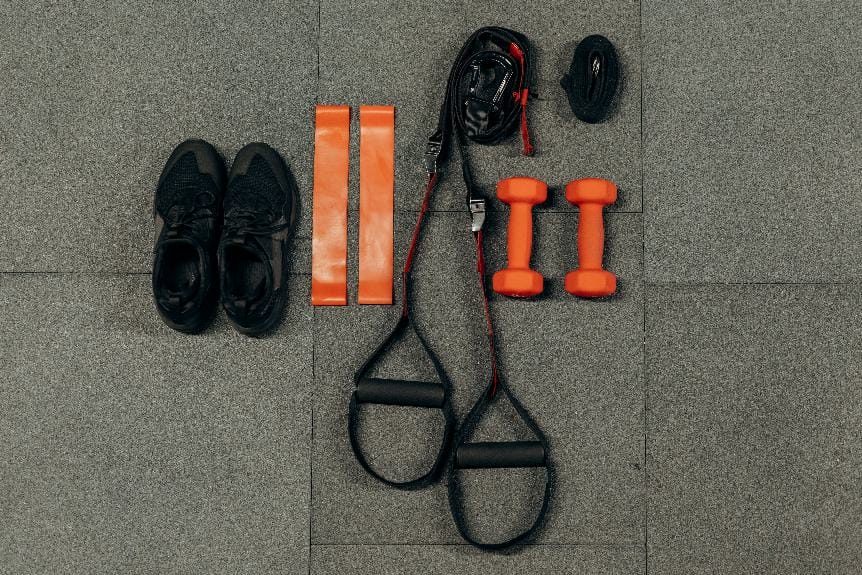Are Shoes Bad for Dogs? Understanding Canine Safety
While you might lace up your shoes without a second thought, the question of whether your dog should do the same isn’t as straightforward. Shoes can offer your furry friend protection from harsh elements and support their adventurous strides, yet they’re not suited for all paws or paths. You’re probably wondering if what’s designed to protect could potentially harm, aren’t you?
It’s crucial to weigh the benefits against possible discomforts, considering factors like fit, necessity, and the nature of your dog’s daily activities. As you navigate this decision, understanding the balance between safeguarding their tender paws and ensuring their natural foot mechanics aren’t hindered will guide you.
So, let’s explore this terrain together, uncovering when shoes might be a boon for your canine companion and when bare paws are best.
Key Takeaways
- Dog shoes can provide protection and benefits in various situations, such as extreme temperatures, rough terrain, and during the healing process.
- However, potential drawbacks should be considered, such as overheating or infections, interference with natural mobility, and difficulty in adapting to shoes.
- Proper selection of dog shoes is crucial, including consultation with a vet for proper fitting and training and positive reinforcement for adjustment.
- Comfort, safety, and situational necessity should guide the decision to use dog shoes, prioritizing factors like good grip, breathable material, and overall comfort for the dog.
The Purpose of Dog Shoes
While often overlooked, dog shoes serve a crucial role in protecting your pet’s paws from extreme terrains and aiding in the recovery from injuries, ensuring their well-being during various activities and conditions.
When your dogs are wearing dog boots, they’re shielded from hot surfaces in the summer and icy conditions in the winter, which can cause severe discomfort or even burns and frostbite. Not all terrains are paw-friendly; rough terrain, like rocky paths or areas with thorns and glass, can lead to cuts and infections.
Dog shoes with non-slip soles also greatly benefit dogs with mobility challenges, providing the necessary grip to prevent slips and falls, which could exacerbate existing conditions or cause new injuries.
Moreover, certain breeds with sensitive paws or those prone to allergies may find significant relief from wearing shoes, as they act as a barrier against allergens. Consulting with a vet is crucial to understand if your dog might benefit from wearing shoes and to ensure they’re comfortable and the right fit.
Benefits of Wearing Shoes

Shoes offer essential protection for your dog’s paws, safeguarding them from extreme temperatures, rough terrain, and aiding in the healing process after injuries. The benefits of wearing shoes for your dog are numerous and can greatly enhance their quality of life, especially in challenging environments. Here’s why you might need to put shoes on your dog:
- Protection from temperatures: Shoes help protect dogs’ paw pads from hot pavement in summer and cold surfaces in winter, keeping paws safe from burns or frostbite.
- Prevent injuries: Shoes are made to provide support and help prevent cuts, abrasions, and punctures from rough terrain, ensuring your dog can explore without harm.
- Enhanced mobility: For dogs with mobility challenges, the right shoes can improve grip and stability, allowing them to move more confidently and safely.
- Allergy relief: Dogs with allergies to grasses or weeds can benefit from wearing shoes, which prevent direct contact and reduce paw irritation.
- Defense against toxins: Shoes for your dog can also protect against harmful substances on the ground, such as salt and chemical de-icers, ensuring their paws remain healthy.
Considering these advantages, it’s clear that the right shoes can keep your dog’s paws safe and provide numerous health benefits.
Potential Drawbacks

Despite their benefits, it’s crucial to recognize that shoes can sometimes pose risks to your dog’s health and comfort. While shoes can be beneficial in protecting your dog’s paws from harsh terrains, prolonged use may lead to overheating or exacerbate existing infections. Uncomfortable or ill-fitting shoes can harm your dog’s paws and interfere with their natural mobility, making it essential to find the best shoes that fit well.
Adapting to wearing a pair of shoes can be challenging for dogs, requiring patience and gradual dog training. Shoes can also make it harder for your dog to maintain their balance, especially when walking on slippery surfaces, as they interfere with your dog’s ability to grip the ground with their toenails.
| Potential Drawback | Emotional Trigger |
|---|---|
| Overheating or infections | Concern for wellbeing |
| Interference with natural mobility | Frustration |
| Difficulty in adapting to shoes | Sympathy |
Alternatives like paw wax or salve might be necessary if your dog does not need shoes or is uncomfortable wearing them. Always consider your dog’s comfort and safety first when deciding whether they need shoes for their outdoor adventures.
Situational Shoe Necessity

Understanding when your dog needs shoes is crucial for their protection and well-being, especially in environments that pose a risk to their paw health. Situational shoe necessity arises in various scenarios, and being informed can help you make the best choices for your furry friend.
Here’s when dogs should wear shoes:
- Walking on hot sidewalks: Extreme heat can burn paws, raising body temperature.
- Trekking in freezing temperatures: Cold weather can lead to frostbite on bare paws.
- Navigating rough terrain: Sharp rocks or thorns can cause injuries.
- During the healing process: Shoes protect injured paws, preventing further damage.
- For dogs with mobility challenges: Shoes improve grip and prevent slips.
Certain breeds may require more paw protection, so consulting with a vet is important. Remember, comfort is key; prolonged use of shoes can lead to overheating or exacerbate existing infections. It’s all about balance—ensuring your dog’s paws are shielded from harm while avoiding discomfort.
Knowing when and why to have your dog wear shoes is essential for their health and happiness.
Choosing the Right Shoes

Now that you know when your dog needs shoes, it’s crucial to select the right pair to ensure their comfort and safety. Choosing the right shoes involves more than just picking the best-looking pair; you must make sure the shoes provide adequate protection and fit well.
Consult with your vet, especially for breeds that may require more paw protection, to identify the best dog shoes for your furry friend.
When you put shoes on your dog for the first time, it’s normal if your dog has trouble adjusting. Take time for training, using positive reinforcement and patience. Look for shoes that offer good grip, especially if your dog has mobility challenges, to prevent slips and falls.
Also, be mindful of the material. It should be breathable to avoid overheating and exacerbating any existing conditions. Remember, the goal is to enhance your dog’s walking experience, not to hinder it.
With the right pair of dog shoes, your dog can enjoy walks in various terrains safely and comfortably. Follow these training tips and make the selection process a priority to ensure your dog’s paw protection.
Frequently Asked Questions
What Do Vets Think of Dog Shoes?
Vets believe dog shoes can protect your pet’s paws in extreme conditions and during recovery. However, you should ensure they fit correctly and don’t overuse them, as this could cause discomfort or exacerbate infections.
Is It Good to Let Dogs Wear Shoes?
Yes, letting dogs wear shoes can be good for their protection on rough terrains and in extreme weather. However, it’s essential to pick the right fit and consult a vet, especially for specific breeds.
Why Can’t Dogs Wear Shoes?
Dogs can wear shoes, but they don’t always need to. Their paw pads naturally protect them. Shoes are mainly for harsh conditions or injuries. Choosing the right pair is crucial for their comfort and safety.
At What Temperature Should Dogs Wear Shoes?
You should put shoes on your dog if the ground’s too hot to touch with the back of your hand. This precaution prevents their paws from burning and ensures they’re comfortable during walks.
Conclusion
In essence, while dog shoes can offer crucial protection and enhance mobility, they’re not always necessary.
It’s vital to weigh their benefits against potential drawbacks, such as discomfort or overheating.
Remember, the need for shoes varies by situation and individual dog.
Always choose shoes that prioritize your dog’s comfort and consult your vet to make informed decisions.
Ultimately, your dog’s well-being should guide whether to embrace or skip the shoes.
Trust your instincts and stay informed for your furry friend’s sake.

